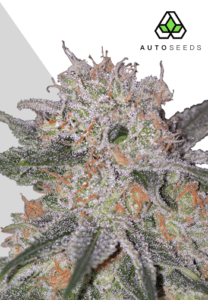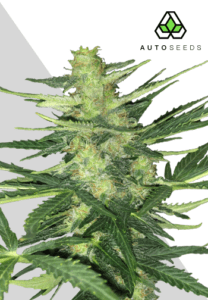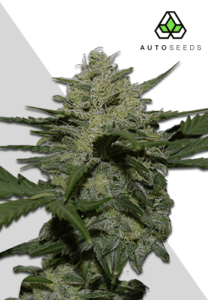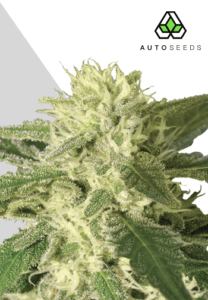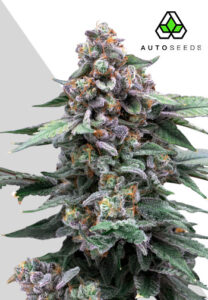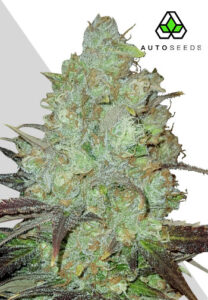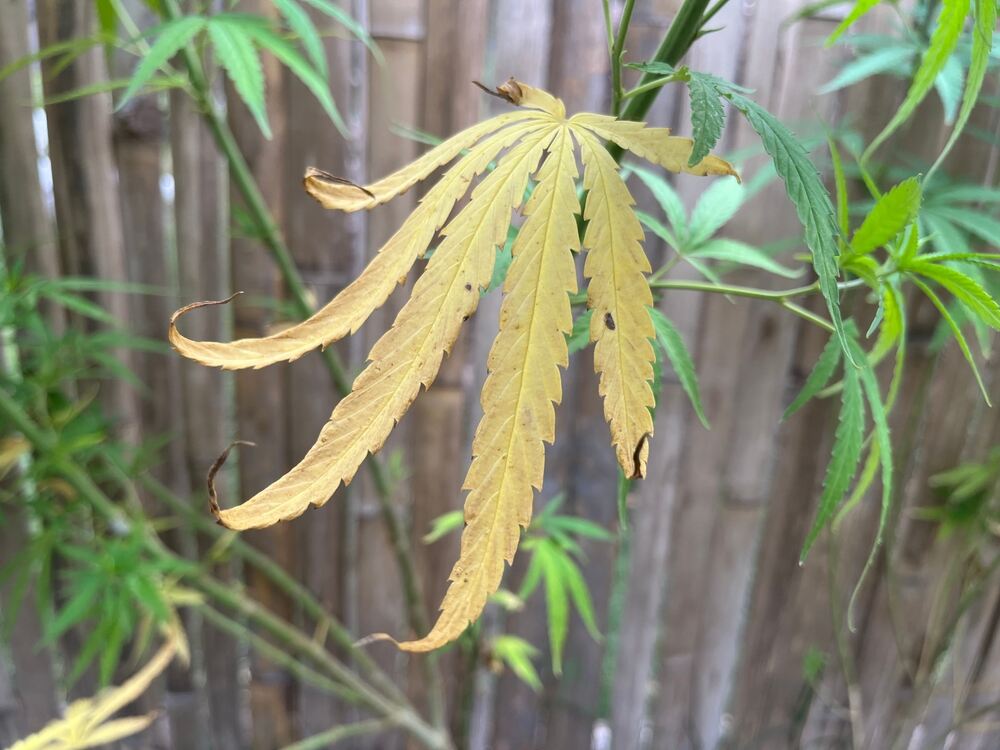
How To Identify And Fix Calcium Deficiency in Cannabis Plants
Growing your very own crop of amazing, dank, delicious autoflowering buds is up there with the most rewarding, entertaining, satisfying things a true cannoisseur can get their hands dirty with. But with the excitement comes a decent amount of stress and anxiety, especially during your first couple of crops. The plants truly do become a part of the family, and any little issue or setback can be heartbreaking.
Like all living things, weed plants have a set of nutrients that they absolutely need to thrive. Nitrogen, phosphorus, and potassium (the ‘macro’ nutrients) are the most important, and the ones you will see displayed on most nutrient and fertilizer bottles. But, there are also the ‘micro’ nutrients and minerals that are required, just in smaller amounts.
Calcium is one of these, and calcium deficiencies are one of the more common issues that can pop up, especially if you are growing hydroponically or in coco-coir (but soil growers still need to be on the lookout).
What are the Symptoms of Calcium Deficiency in Cannabis Plants?
The first step to solving any issue with your plants is being able to recognize the signs and symptoms. In the case of a calcium deficiency, here are some things you may notice:
- New growth leaves may appear pale or yellowish
- Leaves may develop brown or yellow spots and edges
- Leaves may also start curling upwards
- Weak, flimsy branches or even main stem
- The branches and main stem may ‘hollow out’
- Flower development may slow down considerably compared to unaffected plants
- Growth may stop altogether
Calcium deficiency symptoms are usually worse on the leaves at the top of the plant, closer to the light source. Lower fan leaves may also show signs, but usually only on the part of the leaf that is still actively growing and receiving light. If the lower fan leaves are fully shaded, they may not show any signs at all.
Diagnosing a calcium deficiency can be difficult because it is often joined by other nutrient issues. Magnesium and iron deficiencies are common in plants with calcium issues, as are overwatering, pH imbalances, and root problems.
It’s important to note that a calcium deficiency symptoms may display differently in different strains of cannabis. Some may show signs of leaf twisting or deformation, while others may have brown spots with yellowing around the edges. Keeping a close eye on your plants and being familiar with their individual characteristics can help you identify a calcium deficiency early on.
What Causes Calcium Deficiency in Cannabis Plants?
- Incorrect pH levels: Calcium absorption is optimal at a pH of 6.2-7.0 (soil) or 5.5-6.5 (hydroponics and coco-coir). Deviations can reduce calcium availability.
- Poor soil quality: Soils lacking in organic matter or those that are very sandy or acidic can lead to calcium deficiency.
- Nutrient imbalance: Excessive potassium or magnesium can compete with calcium, leading to a relative deficiency.
- Water quality: Hard water can cause nutrient imbalances, while soft or filtered water may lack adequate calcium.
- Environmental stress: High humidity reduces plant transpiration, which can lower calcium transport within the plant.
- Root damage: Pests, diseases, or physical harm can impair root function and calcium uptake.
- Watering issues: Overwatering leads to waterlogged soil, while under watering stresses plants, both affecting calcium absorption.
How to Treat Calcium Deficiency in Cannabis Plants?
If you think your plant or crop may be suffering from a lack of calcium uptake, you should take a couple of steps immediately.
Adjust the pH Levels
Chances are that the reason your plants are having calcium issues is that the root zone pH level is too low. Calcium uptake is highly dependent on the pH level of the soil or growing medium.
You can try to test the pH of the soil or coco by watering your plants and then testing the excess runoff water, but this isn’t a particularly reliable method.
The first thing you should do if you suspect calcium is the issue is to:
- Grab a pH meter
- Make sure that water is at the right pH level for your plants – 6.2-7.0 (soil) or 5.5-6.5 (hydroponics and coco-coir)
- Give the plants a good flush watering – basically rinsing out the excess salts and nutrient build-up in your soil or coco-coir
- Test the pH level of the runoff of the final flush watering. Hopefully you will see a number within the correct range. If not, continue to flush the plants a few more times.
- Once the flush is complete, you can then give your plants water with nutrients added (hydro and coco) according to the correct pH level. If you are growing in soil, just let the soil dry out over a day or two and see how the plants respond.
- You can also add some Cal Mag to your final flush watering
Cal Mag – The Ultimate Supplement for Calcium Deficiency
Once you’ve raised the pH level to an optimal range for calcium absorption, you may want to add supplements or nutrients specifically designed to increase calcium levels in plants.
Cal Mag is the best option here, and can be found in most hydroponic stores or gardening centers (or online). It is a calcium and magnesium supplement that can be added to your watering or feeding schedule to help combat any deficiencies.
Foliar Spray to the Rescue
Not all deficiencies will benefit from foliar application of nutrients, but in this case, if your plants are showing major signs of a calcium deficiency (leaves turning brown and dying) then you can mix some Cal Mag with a surfactant and water and use it as a foliar spray.
Follow the instructions on the Cal Mag bottle for the correct amounts.
Note – Be careful not to spray any of the developing flowers with foliar nutrients, only the affected leaves.
Ensure Proper Nutrient Balance
While calcium may be the main issue, once you have fixed the pH and added some Cal Mag back into the mix, it’s time to ensure that the nutrient base is in order. If you are growing in hydro or coco, provide the plants with a moderate dose of good-quality base nutrients.
Soil growers can use compost tea, dolomite lime, or even just sprinkle some compost around the base of the plants and water it through.
How to Prevent Calcium Deficiency?
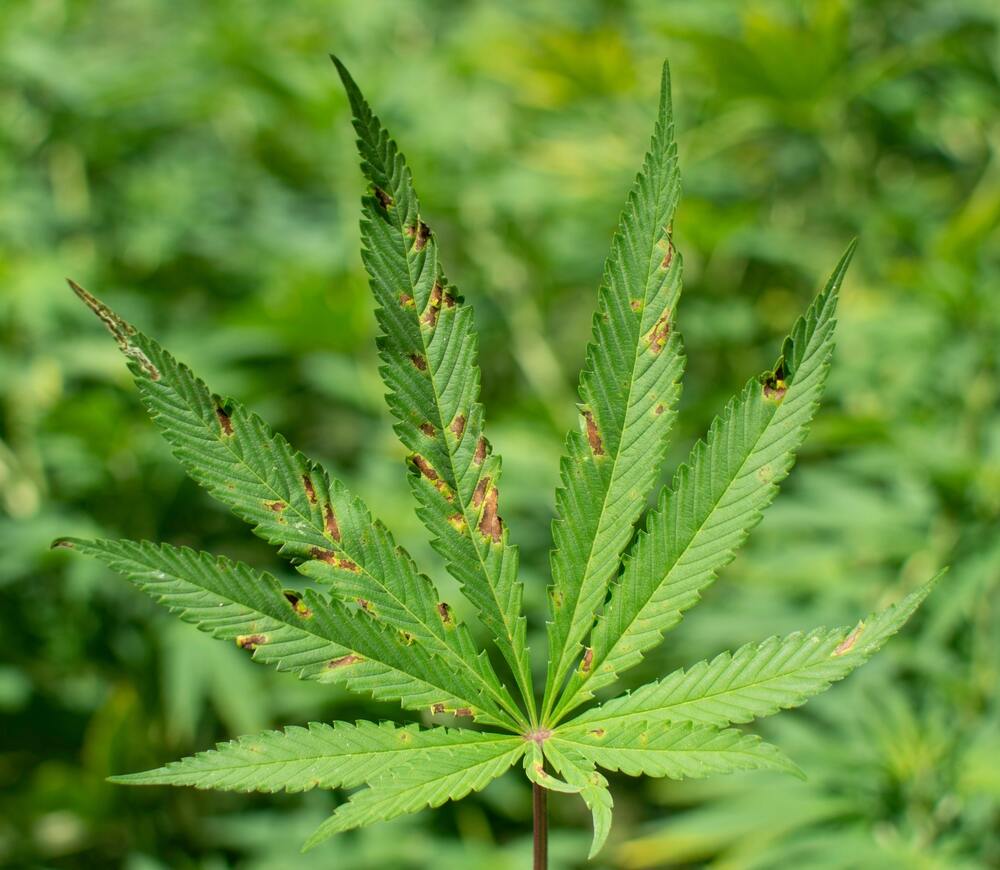
All growers should have a nutrient deficiency prevention plan in place. Preventing an issue is always easier than fixing one, so here are some basic tips for keeping your plants healthy and avoiding calcium deficiency:
- Keep pH levels in check: Maintaining the pH of your feed water is crucial. Every grower (indoor or outdoor, hydro or soil) needs a pH meter.
- Watering the correct amount: New growers often think that more water = healthier plants. This is wrong. Over- and under-watering will stress plants.
- Use good quality water: Tap water is usually fine, but rarely at the correct pH. You may need to grab a bottle of pH up or pH down to adjust the pH level.
- Use high-quality nutrients: Spend a little extra on good-quality nutrients. Cannabis specific nutes are a dime a dozen these days, but not all are created equal.
- Check your plants daily: Prevention is key, so make sure to check your plants every day. Catching an issue early can save a lot of headaches down the road.
- Keep your grow area clean: Reducing the risk of pests, mold, and other issues can go a long way in preventing deficiencies. Keep your grow area clean and free from debris, and always sterilize between crops.
What Does Too Much Calcium Look Like in Cannabis?
While calcium is essential, too much of a good thing is rarely healthy. Over fertilization or adding too much Cal Mag to your nutrient mix can cause an excess of calcium in your plants, leading to a different set of problems.
Signs of calcium excess in weed plants include:
- Dark green leaves with a leathery texture
- Burnt tips on leaves
- Stunted growth
- Interveinal chlorosis (yellowing between the veins) on older leaves
What is Cal Mag Deficiency?
Calcium and magnesium work hand in hand. A deficiency (or too much) of either can affect the other. Cal mag deficiency issues often present with the same signs as a calcium deficiency, but adds issues like:
- Red or purple stems
- Interveinal chlorosis
- Leaves curling upward or inward
How to Prevent Cal Mag Deficiency?
Preventing calcium and magnesium deficiency involves ensuring a steady supply of both nutrients. Use calcium and magnesium supplements that provide a balanced ratio of calcium and magnesium. These supplements are available in both liquid and granular forms and can be used in soil, hydroponic, and aeroponic systems.
FAQs – Calcium in Cannabis Cultivation
Does cannabis need calcium during flowering?
Yes, cannabis plants require calcium throughout their growth cycle, including the flowering stage. Calcium supports cell wall development, improving the plant’s overall structure and resilience.
How quickly can you reverse calcium deficiency in cannabis?
Reversing a calcium issue isn’t always a quick process, but as long as you sort out any pH problems, give the plants a good flush, and then water with Cal Mag and a moderate dose of base nutrients, your plants should start to recover within a week or two.
Can overwatering cause calcium deficiency?
Yes, overwatering can lead to calcium deficiency. Excess water can wash away calcium and other nutrients from the soil, making them unavailable to the plant roots. Proper watering techniques are crucial to maintaining nutrient balance.
How do I know if my soil needs calcium?
Your plants are your guides. If you see signs of calcium deficiency, it’s likely that your soil is lacking in calcium. You can also do a soil test to determine the nutrient levels and make adjustments as needed.
What does Cal Mag do for cannabis?
Cal mag supplements provide both calcium and magnesium, essential for robust plant growth. These supplements help prevent deficiencies, support healthy green foliage, and ensure strong stem and root development.
Is Cal Mag more important in hydro/coco-coir than soil?
Yes, hydroponically grown weed plants (including coco-coir) are more likely to face calcium deficiencies due to the lack of natural minerals in the medium. Adding CalMag is essential for maintaining a healthy nutrient balance.
Soil, on the other hand, typically contains enough calcium and magnesium, but it’s still important to monitor and make adjustments as needed.


